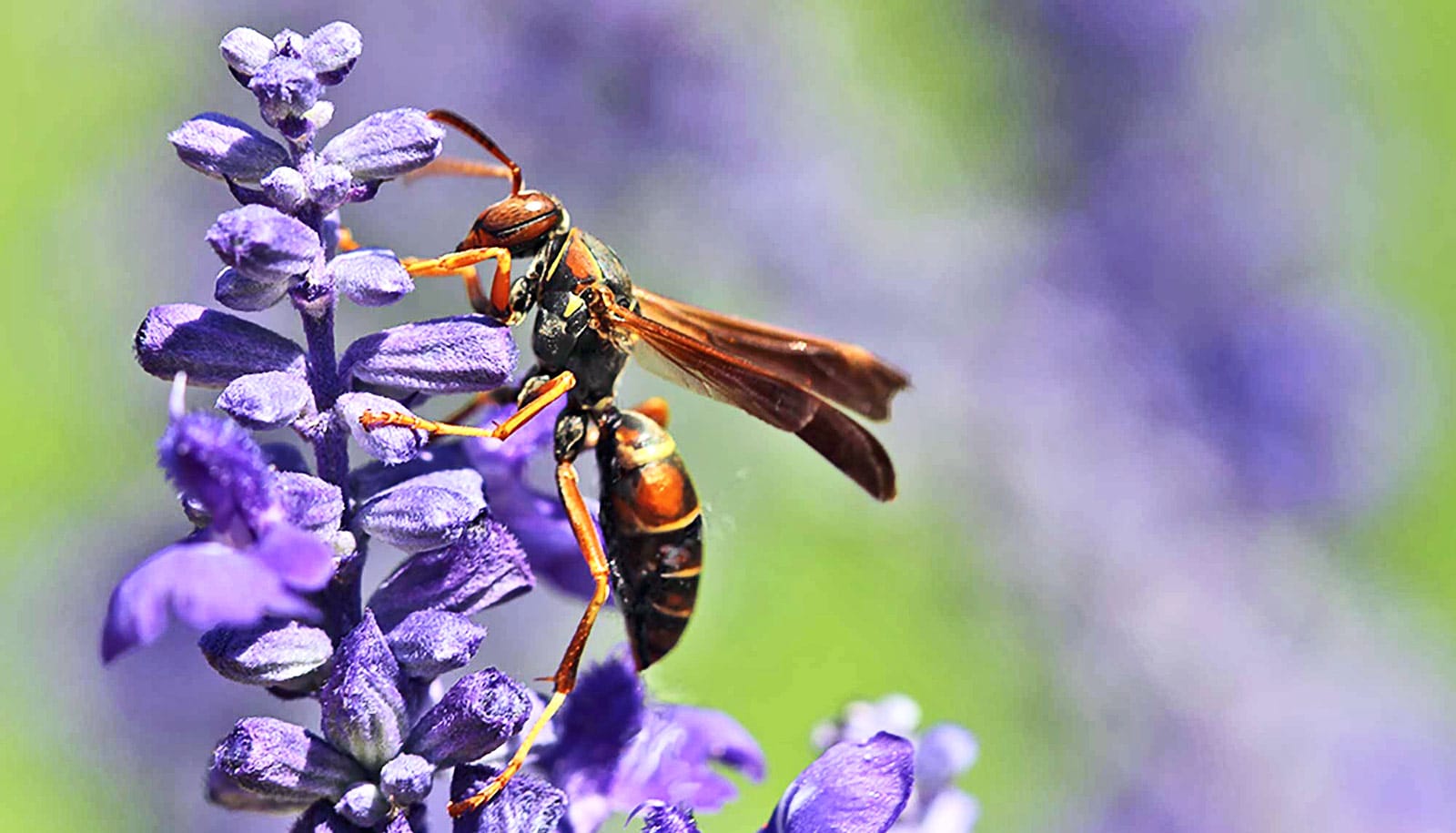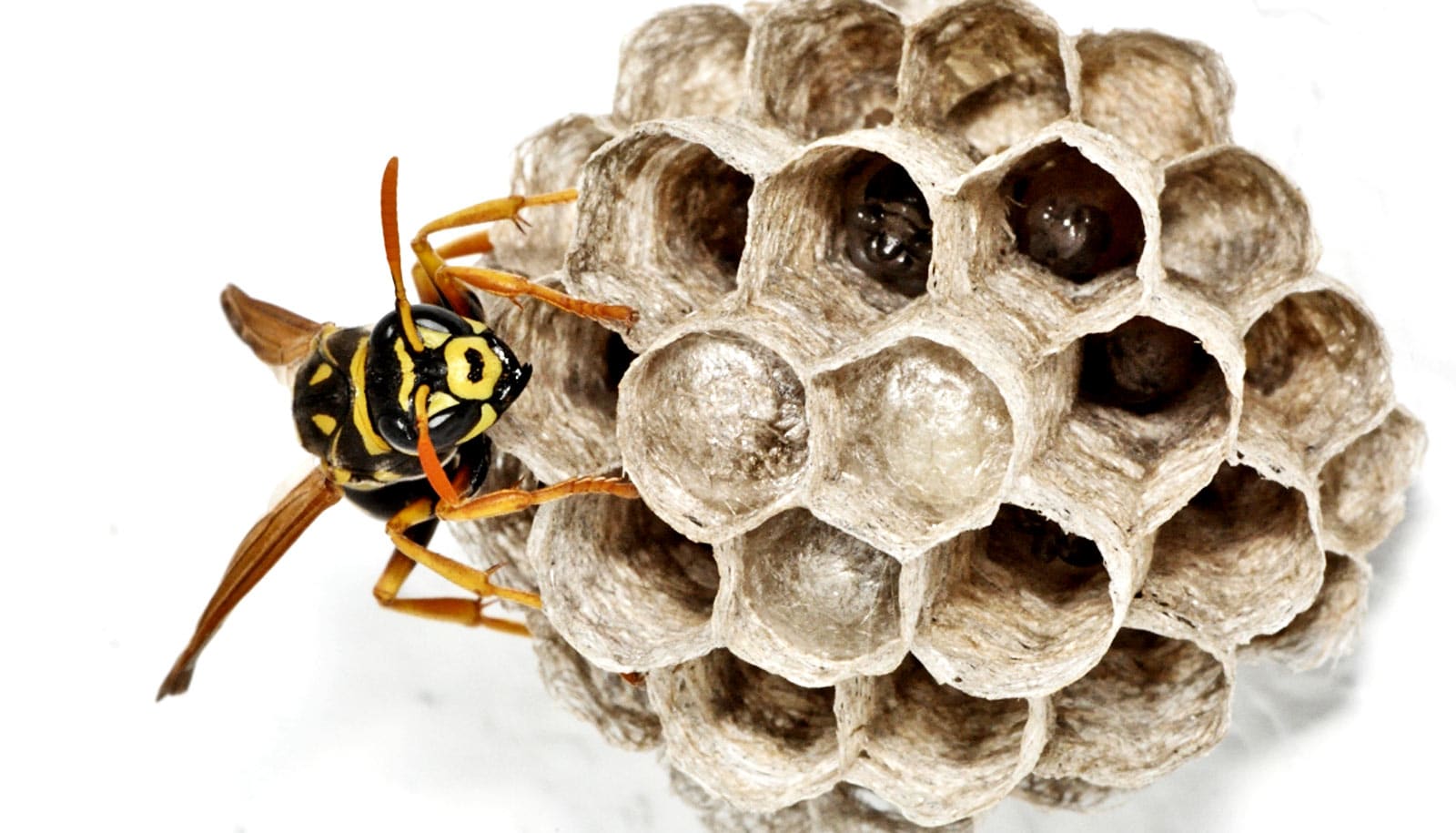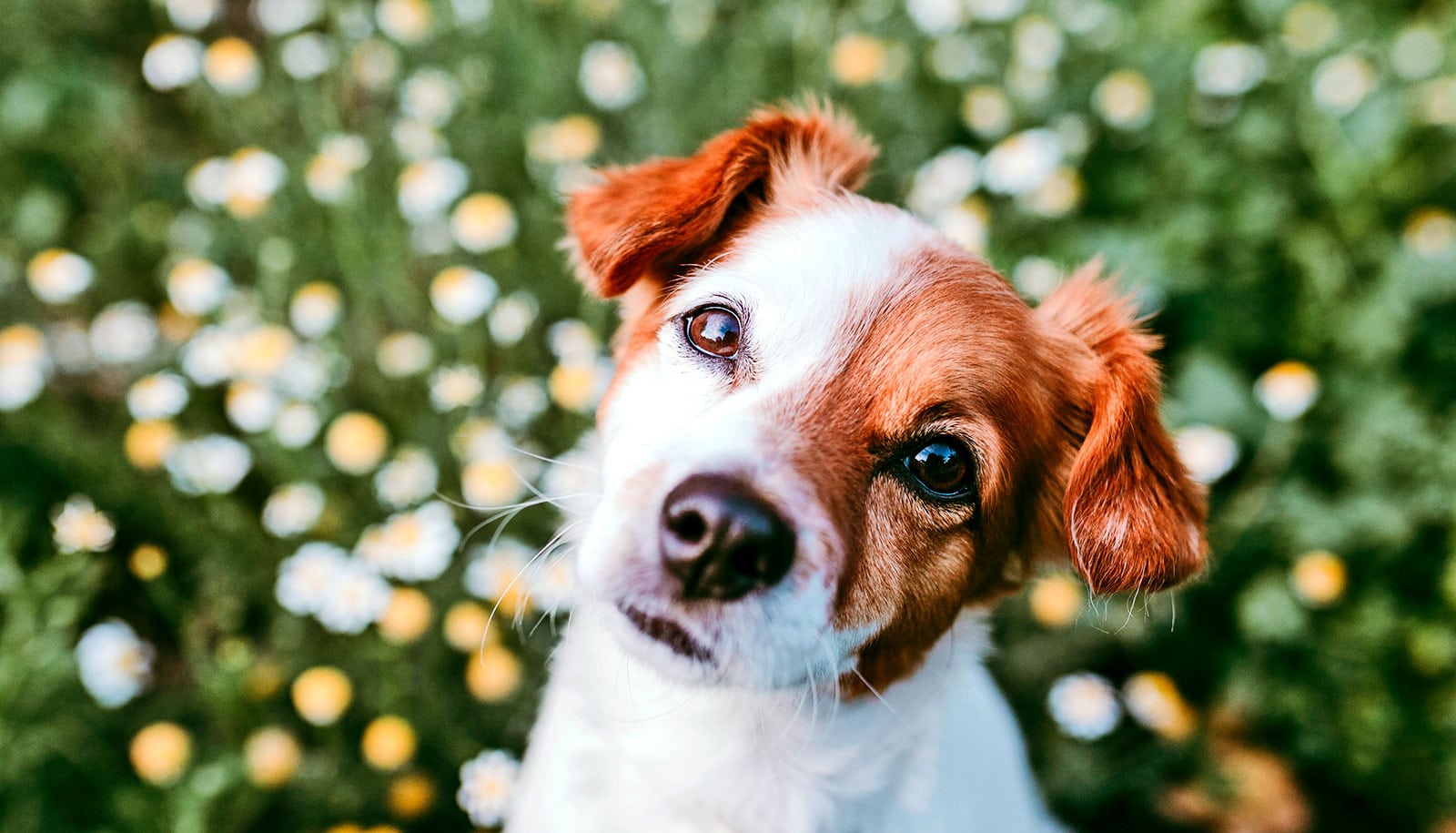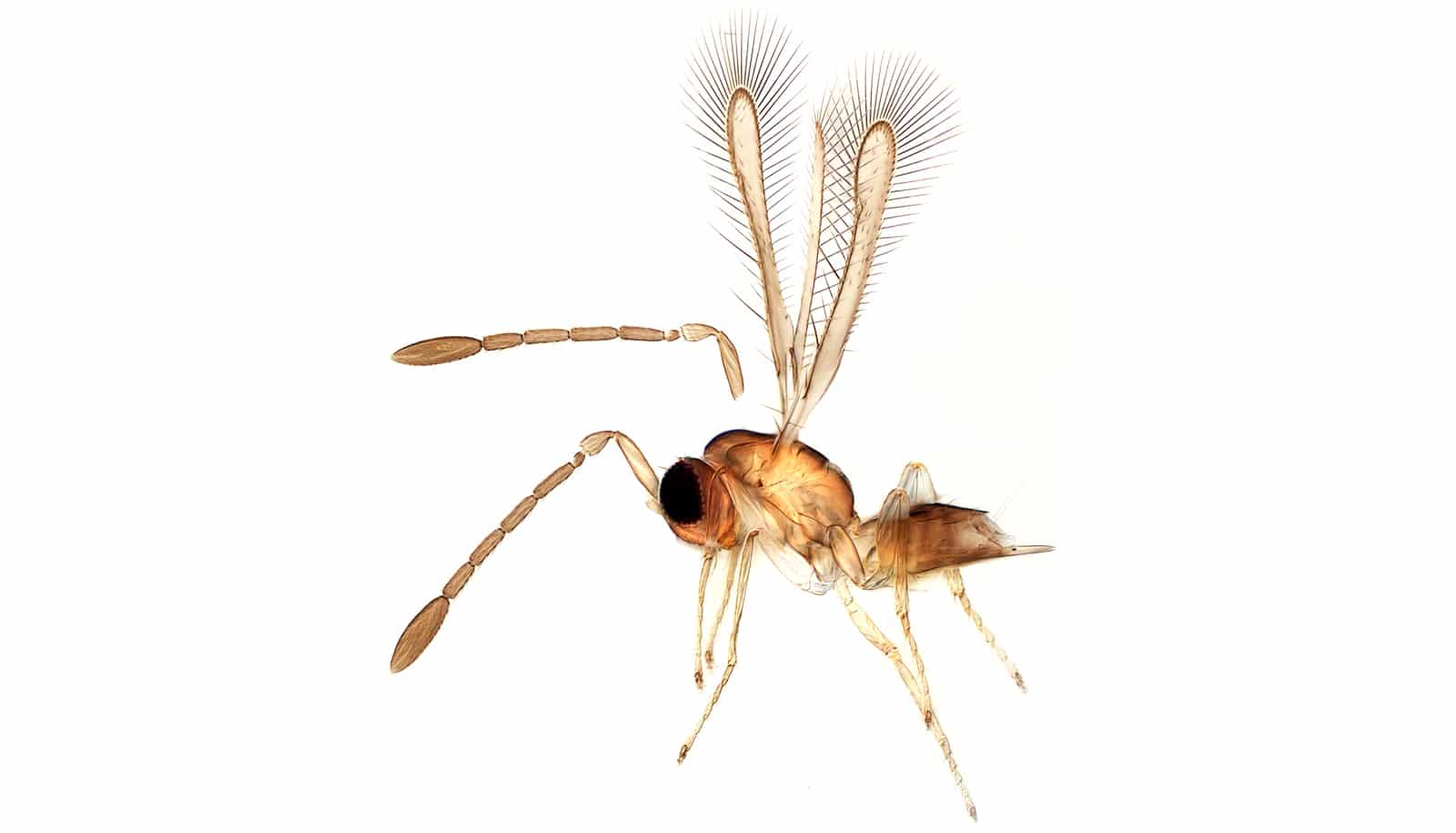Paper wasps, despite their tiny brains, have an impressive capacity to learn, remember, and make social distinctions about others, researchers report.
Elizabeth Tibbetts, evolutionary biologist at the University of Michigan, and colleagues showed that paper wasps recognize individuals of their species by variations in their facial markings and that they behave more aggressively toward wasps with unfamiliar markings.
They established that paper wasps have surprisingly long memories and base their actions on what they remember of previous social interactions with other wasps. And they provided the first evidence of transitive inference—a behavior that resembles logical reasoning—in a nonvertebrate animal, the lowly paper wasp.

Now, Tibbetts and her students report the first evidence that paper wasps can form abstract concepts. Strikingly, the wasps were also able to transfer what they learned through visual training into a different sensory modality: the sense of smell.
The study used laboratory tasks to test whether paper wasps (Polistes fuscatus) could learn and apply one of the most basic abstract concepts: the idea of sameness and difference.
The researchers trained the wasps to distinguish between pairs of visual or olfactory stimuli (two colored bits of paper, two photos of wasp faces, or two chemical odors) that were either identical or different. One pair of stimuli was associated with a mild but unpleasant electrical shock, the other was not.
Then the researchers exposed the stinging insects to new pairs of stimuli (either identical or different) and tested them on their ability to avoid an electric shock by selecting the “correct” pair—the one associated with safety.
The previously trained wasps made the correct choice more than 80% of the time, according to the researchers. The findings are published in the Proceedings of the Royal Society B.
“Our findings show the wasps learned the general concept of sameness and difference and applied it to new samples and new types of stimuli,” says Tibbetts, a professor in the ecology and evolutionary biology department.
“Abstract concepts are thought to be associated with high levels of cognitive sophistication, so there has been much interest in which species can form and use them. This is the first time anyone has shown that wasps can form abstract concepts.”
Parrots, dolphins, ducklings (and paper wasps)
Historically, only primates were thought to be capable of same-different concept learning. But subsequent research found evidence of same-different concepts in many animals, including crows, pigeons, parrots, dolphins, ducklings, and honeybees.
“Concept learning is a cornerstone of challenging tasks like language, analogy, and consciousness,” says first author Chloe Weise. “Our results add to a growing body of evidence that the miniature nervous systems of insects do not limit sophisticated behaviors.”
For the study, researchers collected female paper wasps on their nests in areas surrounding Ann Arbor, Michigan. The wasps and their nests were housed in the lab and were given water, sugar, and waxworms for food.
During training and testing, individual wasps were placed inside a small balsa wood-and-plexiglass chamber to determine whether they could learn and apply same-different concepts.
The wasps were trained and tested using a method called the simultaneous two-item same-different task. Three types of stimuli were used in the study: colored paper, images of wasp faces, and the scents of chemicals called alkenes, which resemble the odors that wasps use to identify nestmates.
The laboratory tests showed that wasps trained with visual stimuli were able to apply the concept of sameness and difference to olfactory stimuli.
“Remarkably, wasps applied the concept of sameness and difference across sensory modalities, as they transferred concepts learned in the visual domain to the odor domain,” Weise says. “Therefore, our results illustrate that Polistes are able to master abstract interrelationships between stimuli.”
More adept than pigeons
Paper wasps are the second invertebrate shown to form same-different concepts, after honeybees. Paper wasps and honeybees have considerably smaller brains (fewer than 1 million neurons) than vertebrates known to form same-different concepts. Pigeons, for example, have brains with 310 million neurons, and macaque brains have 6 billion neurons.
Interestingly, paper wasps in this study achieved more than 80% correct choices after training involving just eight trials with eight stimulus pairs, while pigeons require 100 unique stimuli and thousands of trials to learn same-different concepts, Tibbetts says.
The paper wasps used in the current study may have been more adept than pigeons at forming concepts because they were trained with different methods, including the use of biologically relevant stimuli, Tibbetts says.
“We trained and tested wasps using wasp face images, colors, and odors,” she says. “All three types of stimuli are important in wild wasp behavior.”
Christian Cely Ortiz, a former graduate student at the University of Michigan, is a coauthor of the study. The National Science Foundation funded the work.
Source: University of Michigan



